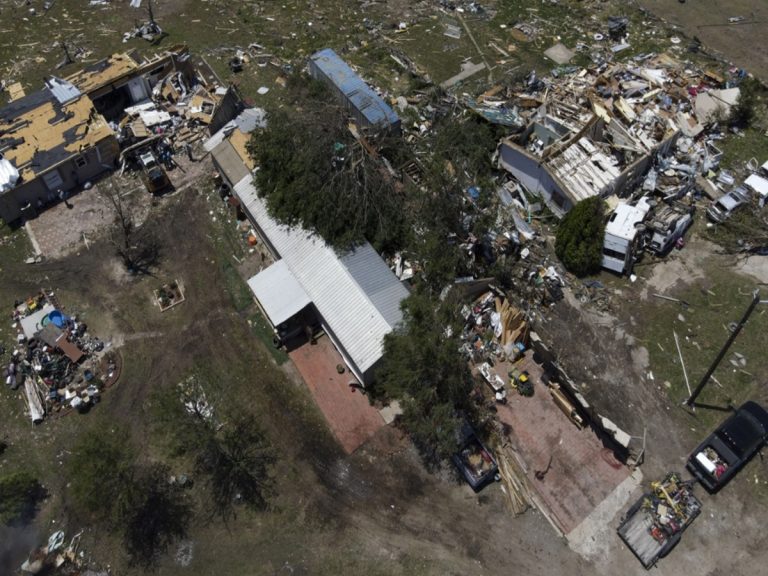Almost 5 million children died before their fifth birthday in 2022, finds UN report

Global child deaths reached a historic low in 2022, according to the latest estimates by the United Nations Inter-agency Group for Child Mortality Estimation.
The report released on March 13, 2024 noted the annual number of global under-five deaths in 2022 declined by more than half from the 2000 estimate – from 9.9 million to 4.9 million.
However, the numbers are still bad. Globally, neonatal deaths, or the death of a baby within 28 days of birth, happened every 14 seconds; a child aged under five died every six seconds and an adolescent died every 35 seconds in 2022, the report found.
The report noted a 62 per cent decline in child deaths from the 1990 estimates. However, it warned that “these averages mask persistent and entrenched inequities among vulnerable populations of children.”
Between 2000 and 2022, the world lost 221 million children, adolescents, and youth. Children younger than 5 comprised 162 million and neonatal deaths accounted for 72 million with most under-five deaths being increasingly concentrated in the neonatal period.
While the larger trend shows a decline, the trend of under-five deaths has increased in the neonatal period from 41 per cent in 2000 to 47 per cent in 2022.
“The slower decline in neonatal deaths is due to factors like population change and differences in the cause-of-death structure by age, with mortality among 1-59-month-olds being generally more responsive to basic public health interventions, while neonatal mortality relates more to complications around the time of birth,” the report said.
Sub-Saharan Africa, where annual neonatal deaths have stagnated at about 1 million, bears the greatest burden of under-five deaths in the world. Children under five faced the most challenging odds of survival in sub-Saharan Africa.
The mortality rate for children aged 28 days was 46 deaths per 1,000 children in the region, more than two times higher than the global average of 20 deaths per 1,000 children aged 28 days.
Prematurity, pneumonia, trauma, malaria and diarrhoea are among the leading causes of death for newborns and children, all preventable causes. These illnesses could have been prevented with vaccinations, availability of skilled health personnel at birth, support for early and continued breastfeeding, and diagnosis and treatment of childhood illnesses.
The child’s survival largely depends on the place of birth; whether the child belongs to a low-income or high-income country, and also on the inequity within countries. On average, children living in rural areas are at a higher risk of death before age 5 compared to their urban counterparts.
The report estimates that 35 million children under the age of 5 will lose their life before 2030 and sub-Saharan Africa will bear most of the death toll. It further warned that countries will not meet the United Nations-mandated Sustainable Development Goal (SDG) targets on time.
“If, however, every country realised the SDG-5 vision of an end to preventable under-five deaths and met the relevant mortality targets on time, nine million more children would survive to age five,” the report said.
“Under current trends, 59 countries will miss the SDG under-five mortality target and even more – 64 countries – will miss the neonatal mortality target,” the report added





